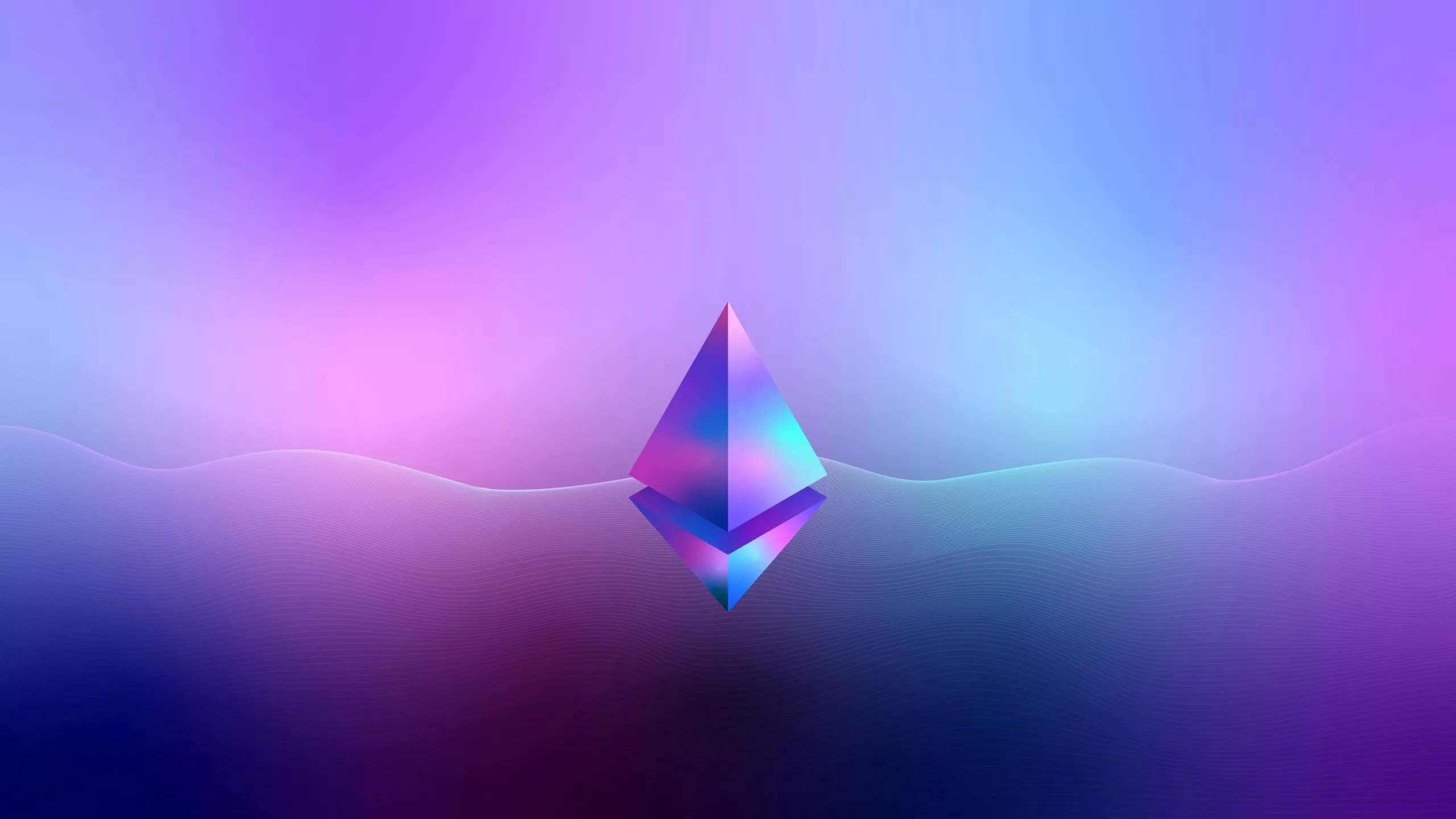As blockchain networks grow and new protocols are dreamt up, the user base has swelled with an estimated 80 million active web3-based dApp users monthly. There are dozens of blockchain networks and Layer-2’s which host over 13,000 distinct cryptocurrencies in total.
Built on top of these networks is a litany of decentralised applications (dApps) which allow the user to engage with these blockchains, essentially acting as a front-end user interface for smart contracts that run the dApp’s functionality. However, there has long been a sticking point that hindered the mainstream adoption of web3 – the user experience.
Web3 UX is often considered clunky and unintuitive. While front-end dApps can be crafted to make the interface as intuitive as possible for the user, there are still complicated elements to web3 that act as a barrier to widespread adoption such as wallet management, scalability, and purchasing the appropriate tokens to fuel transactions.
Coupled with these complexities is the lack of native interoperability between disparate and increasingly congested blockchains. To strengthen the fundamental interoperability of web3 ecosystems and enhance the user experience to encourage mass adoption, web3 pioneers are turning to Chain Abstraction.
What is Chain Abstraction?
Web2 platforms perfected abstraction concepts. For instance, WordPress allows customers to build fully functioning websites without needing to learn to code, removing barriers to entry and enabling online economies to flourish. It’s this level of convenience that abstraction concepts in web3 are working towards.
Whereas the concept of Account Abstraction relates to simplifying the on-chain user experience by converting user wallets to smart contracts to make them safer and more convenient, Chain Abstraction takes a macro-level look at the interoperability between blockchains.
The core idea behind Chain Abstraction is to remove the user from the inner workings of blockchain technology to the point that they can interact with web3 applications without even needing to know which blockchain(s) the app is built upon.
Each blockchain has its strengths and drawbacks. Before the concept of Chain Abstraction, dApps were restricted to one chain meaning they could only harness that singular chain’s strengths and were beholden to its weaknesses.
Other innovations have been developed to improve the general UX in web3 over the past decade such as cross-chain bridging, which helps users to transfer their assets from one blockchain to another.
While bridging does help to build connections between these disparate chains, it doesn’t remove the complexities of interacting with multiple chains at once. Bridging is still a complicated process for the average user to contend with whilst transacting in web3.
Chain Abstraction helps to reduce these complexities by providing a unified interface, with a technical abstraction layer beneath that interacts with multiple chains on behalf of the user, while they only need to interact with a singular interface.
Take asset transfers between blockchains as an example. If a user wants to send tokens from the Ethereum blockchain to the Solana blockchain, this involves starting the transaction on Ethereum, selecting the appropriate bridging protocol, and receiving via a transaction on the Solana blockchain.
Each of these steps requires specific knowledge of how the different blockchain transaction mechanisms work, and of how to use the bridging protocol. Chain Abstraction methodology does away with this process, handling these steps within an abstraction layer that’s separate from the user experience.
The user decides what they want to achieve (in this case, sending tokens from Ethereum to Solana) and inputs that into the front-end interface designed for Chain Abstraction. The process is streamlined, with the heavy lifting (the steps above) automated by the abstraction layer, making for a much more seamless user experience.
Core Benefits of Chain Abstraction
1. Improving The User Experience
Abstracting away the complexities of blockchain technology can help significantly enhance the experience of the average user by simplifying the more routine interactions that are required to use dApps and other digital assets.
In the same way that a Facebook (Meta) user doesn’t need to know how the app operates under the surface, Chain Abstraction can allow people to use web3 across blockchains without needing to understand the idiosyncrasies and technical specifications of each chain.
2. Advancing Interoperability
EVM-based blockchains and L2s share commonalities in the way that they operate which helps to make them interoperable – Ethereum with Polygon L2, for example. But several new, non-EVM blockchain infrastructure projects are gaining traction in the market.
While this helps to drive innovation and competition within web3, it causes friction as dApps are built across several blockchain networks that can’t natively communicate.
Along with cross-chain bridging, Chain Abstraction helps facilitate interactions between blockchains on behalf of the user. This helps to improve the interconnectedness of the decentralised web3 ecosystem and makes it easier for developers to harness the strengths of various blockchains simultaneously.
3. Increasing Liquidity Across Web3
DeFi is one of the core industries and focal points of web3 – considered to have built an almost $75Bn market cap since its inception. Much of the DeFi space operates separately on isolated blockchains, limiting the amount of liquidity that developers and their dApps can currently access.
The streamlined connectivity between blockchains afforded by Chain Abstraction opens up the vast DeFi liquidity pool to investors and developers, unlocking the cost efficiencies and benefits of each blockchain, and potentially opening up more competition and better rates for DeFi users.
Chain Abstraction Examples
At present, Chain Abstraction is just a concept, and there isn’t a universal framework that governs it – many different projects are experimenting with novel methods to achieve it.
NEAR Protocol
NEAR Protocol have developed various solutions to achieve Chain Abstraction for their users, aimed at empowering web3 builders to create scalable dApps available across all blockchains.
NEAR’s Chain Signatures allow users to execute transactions across different blockchains and manage numerous accounts simultaneously. The Multichain Gas Relayer (MGR) allows users to cover gas fees without needing to buy the necessary native token for each blockchain.
This helps to reduce the complexities of managing the different native tokens required for transactions across each chain. The innovative approach covers both EVM and non-EVM networks like Bitcoin, with NEAR working on adding more cross-blockchain functionality to include increasingly popular blockchains such as Solana.
Arcana Network
Arcana Network describes itself as a ‘Modular Layer 1 to power Chain Abstraction’. Focused on delivering a seamless user experience, Arcana simplifies the web3 onboarding process by integrating with social and email logins as well as empowering users to create non-custodial wallets.
Users are then able to spend tokens across a multitude of chains without needing to swap tokens to pay gas fees or using complex bridging protocols. The network also aims at reducing friction for developers, doing away with the need to write multiple smart contracts across several chains.
Conclusion
As the number of blockchain networks grows, so does the challenge of fragmentation in web3. This fragmentation and the complexities of using blockchain infrastructure have imposed barriers to entry into web3, often requiring users to have intimate technical knowledge of divergent blockchains and tokens.
Chain Abstraction is a concept that aims to reduce the complexities of interacting with several blockchains at a time, helping to increase interoperability, enhance available token liquidity, and improve the general UX of web3.
While there are pioneering projects leading the charge towards a fully interoperable, decentralised blockchain network, web3 dApp developers may need external guidance on designing their applications effectively and securely following Chain Abstraction principles – and can look to expert consultants such as Protokol for help.




